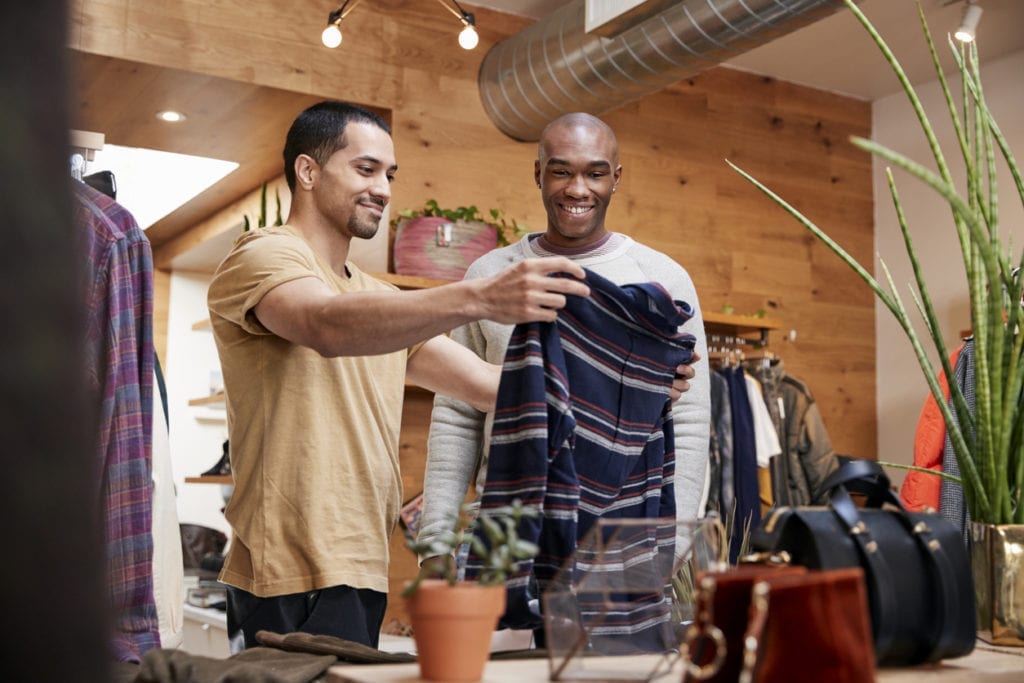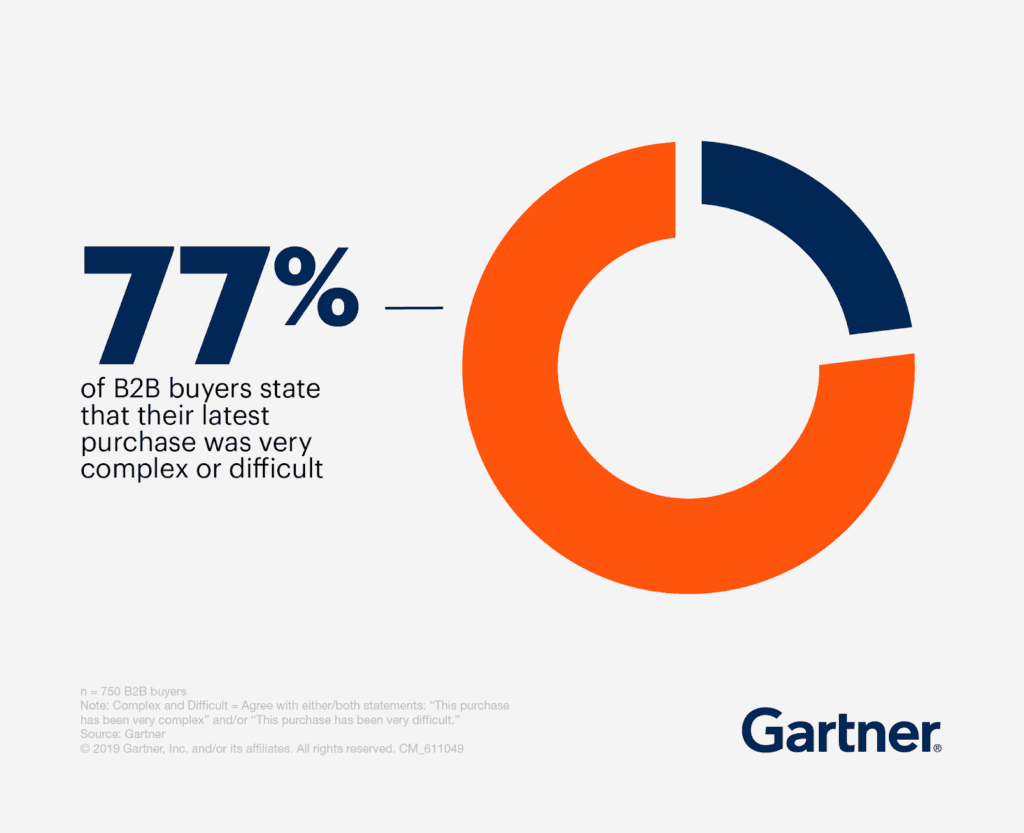How On-Site Search Improves Loyalty and Conversion in B2B
Getting product search right on an e-commerce website is crucial – and this is even more important in the B2B marketplace.
Suppose a B2B buyer is looking for a reliable vendor to restock chicken for their chain of grocery stores. They search for “chicken breast” on a potential supplier’s website and find 1,300 related products. They eventually decide on the brand and quantities they need, only to find they’re not available under their buyer agreement. A further call is required, so no sale for now.
Then, assume that another buyer is seeking an industrial pipe for a large football stadium project. They begin the search by filtering for a specific heat standard for the pipe, which yields no results, and then search for the brand of the pipe – but still no result. Next, they search for “pipe” and sift through pages of results. There could be a sale there, but most likely, not.
Product-searching experiences can make or break a transaction and determine whether a customer will purchase from you again, and perhaps refer you. With customer acquisition costs rising, online businesses simply can’t afford to lose out on customers due to poor on-site experiences. Beyond losing out on that one sale, you also lose out on all the repeat transactions that could have followed.
The Loyalty Effect

Loyalty and customer retention are the biggest drivers of digital commerce success, and in most industries, the most overlooked. Loyalty from just 5 percent of your customers could yield 25 percent to 100 percent increased average profit. This is known as the Loyalty Effect. In B2B, loyalty is primarily driven by how easy it is for customers to transact with you. But what defines an “easy” B2B transaction?
Understanding Your B2B Buyer
B2C ecommerce is changing the way B2B buyers expect to purchase online. However, there are still key fundamental differences that separate B2B and B2C consumers: purchase intent and the complexity of the journey.
First, shopping is part of B2B buyers’ jobs, and typically they are not using their own money. This can determine the time, effort, budget and even research that occurs prior to purchase.
Second, there can be multiple people involved in a B2B purchase. Product specialists, purchasing/buyers, finance teams and line of business decision-makers can all be looking to contribute to a single purchase. According to Gartner, “the typical buying group for a complex B2B solution involves six to 10 decision makers‚ each armed with four or five pieces of information they’ve gathered independently and must deconflict with the group.”
Additionally, B2B buyers are now younger and online, searching for easy and immediate transactions. Gartner discovered that over three quarters of respondents in a recent survey found the buying process complex.

“77% of B2B buyers state that their latest purchase was very complex or difficult.”
Third, their motivations are different. Meeting business requirements and pricing is just the tip of the iceberg. Emotional factors like reduced anxiety, reputational assurance, and hope, also play a large role in understanding the person purchasing, according to The Harvard Business Review. The connection between business and emotional priorities are also critical to fostering buyer loyalty.
Enhanced Search Functionality
Multiple factors such as brand name, location of the search, buyer agreements, and product content quality can all play a role in identifying a specific product. Therefore, this creates a significant product discovery challenge for buyers trying to find products amongst a complex catalogue, with many comparable product options and variations.
62 per cent of B2B buyers agree that enhanced search is “increasingly essential” to accomplishing their online shopping objectives, according to The Nielson Norman Group. Consider implementing small, incremental improvements to your site search, which can have significant influence on buyer loyalty and average order values. For example, type-ahead or autocomplete allows visitors to progressively search and filter for products using a search box.
Personalization for B2B
Customization is delivering what site visitors request. Personalization is taking this a step further and continuing to drive conversions using contextualized product content recommendations.
Personalization in B2B does have one distinct advantage over B2C, as users expect to login.

This leads to opportunities to leverage buyer behavior and improve personalization. Customized catalogues, contract and volume pricing, quick order forms, personalized promotions, cross-sell and up-sell and segmentation by role are all opportunities to make the logged-in user experience richer.
Personalization increases site search usage by up to 27 per cent, and boosting conversion rates by up to 25 per cent along with triple the revenue per search (Multi-Channel Merchant, 2017). Personalization is the best way to address customer needs more effectively and efficiently, which in the long run can foster greater customer loyalty and increase the likelihood of repeat orders.
Build The Path of Least Resistance
In order to build the path of least resistance for B2B buyers, consider implementing enhanced site search, complete product catalogues, and personalization to ensure your site visitors have a fast and frictionless product-finding experience. An easier B2B buying experience will help boost buyer loyalty, recover lost revenue, and discover new revenue opportunities.
The original version of this article was published on UKTechNews.